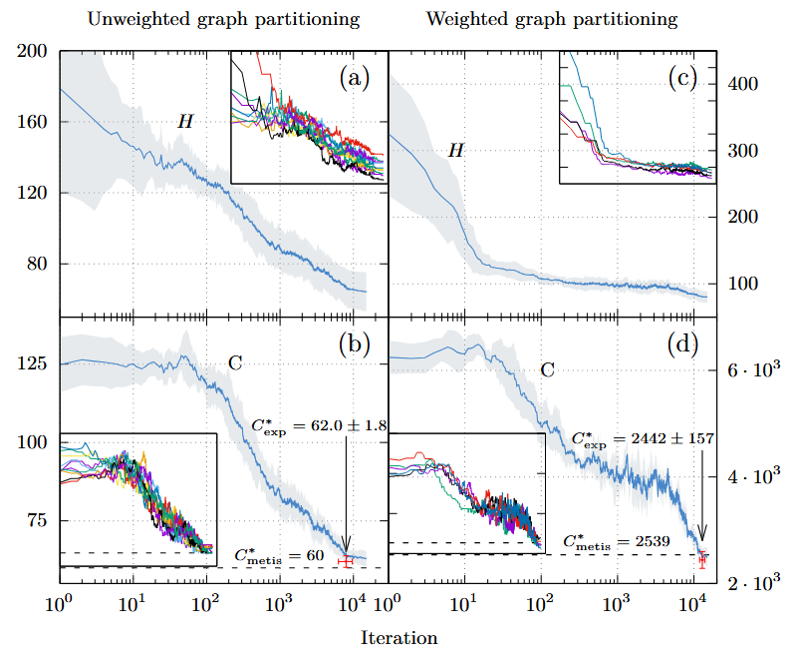by Dr. Symeon Tsintzos, QUBITECH
In a recent Physical Review Letters publication, QUBITECH researchers unveiled a major leap in photonic computing: a method to encode arbitrary Ising Hamiltonians on Spatial Photonic Ising Machines (SPIMs). This work addresses a long-standing limitation in SPIM platforms, which until now could only directly simulate a narrow class of spin models—specifically those with Mattis-type interactions. By introducing a new spin-product encoding (SPE) scheme, the team enables direct control over each interaction in the coupling matrix, expanding the computational reach of SPIMs to tackle a full range of NP-hard problems.
The new approach maps spin-pair interactions directly onto the pixels of a spatial light modulator (SLM), transforming the optical phase landscape into a programmable energy function. This design makes SPIMs much more efficient when dealing with sparse graphs, common in many real-world optimization problems, since only non-zero couplings are encoded. The SPE method also avoids cumbersome matrix decompositions or multiplexing techniques, achieving a lower experimental overhead and constant-time energy evaluation, regardless of graph size.
To validate the method, the team experimentally solved both the unweighted and weighted graph partitioning problems, benchmarks for combinatorial optimization. Results from the SPIM device were comparable to those produced by METIS, a widely used graph-partitioning software, and in some cases, even outperformed it. The system also showed consistent convergence to optimal or near-optimal solutions across multiple trials, highlighting its robustness. This breakthrough paves the way for broader adoption of SPIMs in solving hard optimization problems and lays the foundation for future developments, including encoding higher-order p-spin models. As SLM technology continues to advance into the MHz regime, QUBITECH’s innovation positions SPIMs as a scalable, room-temperature photonic alternative to quantum annealers and electronic Ising machines.

